Orion StarBlast II 4.5 Equatorial Reflector Telescope
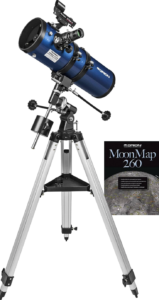
Orion StarBlast II 4.5 equatorial is one of the cheapest and most available telescopes worldwide. Besides, it is a great beginner telescope at an affordable price. It is user friendly and of great quality which makes the user a hobbyist astronomer and makes cravings for more.
The StarBlast line is the largest part of Orion that makes several reflector and refractor telescopes most of which are beginner scopes. The Orion StarBlast II is the most reasonable scope in the stream. The reason for this is the bare bones EQ-1 mount. Other scopes include computerized better quality mounts that enhance the price accordingly. But the StarBlast II provides the same optical quality with a cheaper mount.
Closer look at Orion StarBlast II 4.5
Orion StarBlast II 4.5 equatorial has Orion’s EQ- 1 equatorial mount instead of the Dobsonian mount. This Newtonian reflector provides a 4.5 inches (114 mm) large aperture that collects enough light so that the observer can get a satisfying view. The focal length is f/4 which is less than enough to give lower magnification.
What you should consider before buying a telescope
- Orion StarBlast II 4.5 equatorial offers a great combination of price and quality. This is one of the most ideal telescopes for entry level sky gazers. Its large aperture with a short focal length has made it a great fast scope. A large aperture means it offers a wide field of view and a short focal length means it provides lower magnification. The image with this combination is brighter than a scope with longer focal lengths and a similar aperture. This also makes it easy to target nebulae and galaxies for novice sky gazers.
- Basically, High quality Newtonian telescopes are easier and cheaper to make than other telescopes like Cassegrain Refractors and so on. Besides, reflectors do not create chromatic aberration though they suffer from comatic aberration i.e. it makes diffusion of lights at the edge of the stars.
- You need to collimate the scope before starting using it. The reflector uses a mirror where you have to adjust the primary mirror inside 3 clips. The clips are adjustable, so you have to make the alignment perfect. This is an easy process. Do not let the process prohibit you from buying it. You can watch a video on how to collimate your scope. If you follow the steps, you will also be able to do it.
- You will get the best performance from the scope at lower magnifications as the field view is wider and can fit deep sky objects well like Andromeda.
- You can use the EQ-1 mount’s slow motion control to easily track your targets.
Technical Specifications
- Optics: It includes great optics. A 25 mm and a 10 mm Plossl eyepiece lens provide 18x and 45x views. and a 114 mm (in diameter) objective lense. It offers a wide field of view to get great images.
- Mount: The mount is equatorial that can track objects easily with the slow motion controls.
- Finderscope: Finderscope type is reflex.
- Focus type: Easy manual focus.
- Weight: 20.7 pounds
Optical system
Orion StarBlast II 4.5 equatorial includes a parabolic lens that is made of soda-lime plate glass. It provides a sharp image and much clear view of the night sky. It creates a little bit comatic aberration but it does not affect that much when you look through the scope.
The eyepiece it provides as accessories are igh quality. Most of other telescopes in this price range provides fragile plastic body and mediocre optics. The StarBlast II 4.5 gives two Sirius Plossl eyepieces which are of high quality and provides great sharp and clear image. This eyepieces are of 10 mm and 25 mm in diameter and can give 50x and 20x max magnification respectively. Besides, it works better in lower magnifications, so if you are a beginner astronomer, it can be a great option to start with. You can add 2x Barlow lens later to increase the magnification.
What can you see through Orion StarBlast II 4.5 equatorial telescope
The views of the Orion StarBlast II 4.5 equatorial telescope are satisfactory. Here is a list of what you can see through it.
- The phases of Mercury and Venus will be easily viewable through this scope.
- You will be able to see amazing ice caps and dark albedo patches on Mars.
- Jupiter’s cloud belts and Great red spot will also be visible much clearly with the scope. Moreover, the 4 largest moons of Jupiter will also be viewable.
- The cloud belts and the ring of Saturn, the Cassini Division and around 6 or 7 moons will be identifiable.
- You will find small turquoise dot which is actually Uranus, and the other azure dot is none but Neptune. Though it is hard to locate them, and their moons are so dimmer that it is hard to notice them too.
- The StarBlast can show many star clusters and nebulae. You will be easily locate the Veil Nebula with OIII filter or a good UHC.
- The Lagoon, Orion, the Swan look pretty cool through this scope even in suburban skies.
- You will be able to see the galaxies named M 31, M 33, M 51, M 81/ 82, M 101, the Leo Triplet are visible nicely
- Some nebulae like the Ring can be visible as a fuzzy donut shape, the NGC 2392, the Dumbelll, the Cat’s Eye etc.
Accessories inside the box
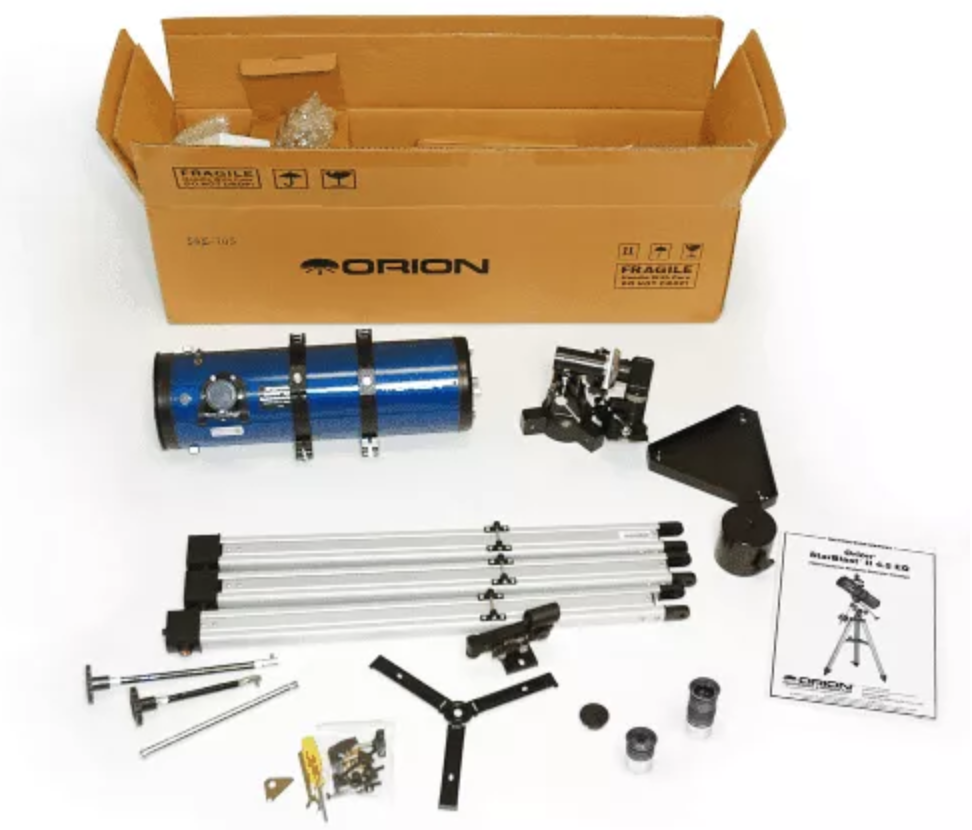
Fig 2: The Orion StarBlast II 4.5 equatorial telescope accessories inside the box (Ref: lovenightsky.com)
In the box of Orion StarBlast II 4.5 telescope, you will get the things as follows.
- You will get 2 eyepieces: A 25 mm Sirius Plossl having 18x magnification and a 10 mm Sirius Plossl with max 45x magnification power in practical. Both of them are of high quality. The Sirius Plossl eyepieces offer more transmission when the images are bright. It provides wider field of view and sharper image than other cheaper eyepieces.
- It includes a red dot sight that is more than enough for the scope.
- The MoonMap 260 is a little bit outdated.
How to Setup & start using
Orion StarBlast II 4.5 is very easy to setup. Even if you have never touched a telescope before, you can handle it within a very short time. You just have to adjust the optical tube with the EQ mountusing the tube rings. Make sure that it is balanced. Align the polar axis with polaris. If it is not balanced, youmay need to add the counterweights that are provided to balance.
StarBlast II has a short focal length and light mount that makes the scope very easy to transport from one place to another. Even if you are planning to walk with it, it will not create hassle.
StarBlast II is a reflector scope that means you do not need to adjust the mirror always. But sometimes it needs collimation which is a very easy thing. Collimation is just adjusting the the mirror with perfect angle so that you get proper view. Many beginners are afraid of collimation. You can watch a youtube video on how to collimate Orion StarBlast II 4.5 or a read a pdg on the internet.
This scope does not include any additional software, so no hassle to learn new things. Just take the telescope, point a target and shoot an image, that’s all it needs to be an astronomer with it.
Mount Performance
The EQ-1 mount that Orion StarBlast II 4.5 owns is a primitive version of larger and costlier German EQ mounts that are well known for high quality telescopes. If you consider the price, it is normal that some features will be cut off here.
The mount is easy to set up. Large motions can be easily controlled if you just push the optical tube in the direction where you want to look at. There is slow motion controls to easily track the objects. The mount is lighter than the other telescope mounts, yet the vibration is not that much noticeable. Expensive mounts generally include mass and other features to prevent vibrations. But there are a lot of tricks and tips on how you can stop vibration of your mount on internet.
What you can upgrade to get a better view:
- Eyepiece: The StarBlast II provides high quality eyepiece. However, if you want to get clearer views, you can add a 6mm ‘goldline’ eyepiece that provides 75x magnification with the telescope. This magnification is perfect if you want to see more details of the moon and nearer planets. You also can buy a 2x Barlow lens that can give 36x and 90x magnification with the given eyepieces and 150x more magnification with the 6 mm goldline.
- Motor Drive: You can add a motor drive as EQ-1 is highly compatible with this. If you own a Celestron single axes motor drive, it will work only for tracking on single axes simply. If you want more, you can buy the Orion EQ-1 M unit. It will allow you to turn the scope any direction or back and forth if you just push a button. You can adjust the rate for lunar tracking speed too. This motor drive is a ittle bit costly. It is battery powered and perform better.
Astrophotography with Orion StarBlast II 4.5 EQ telescope
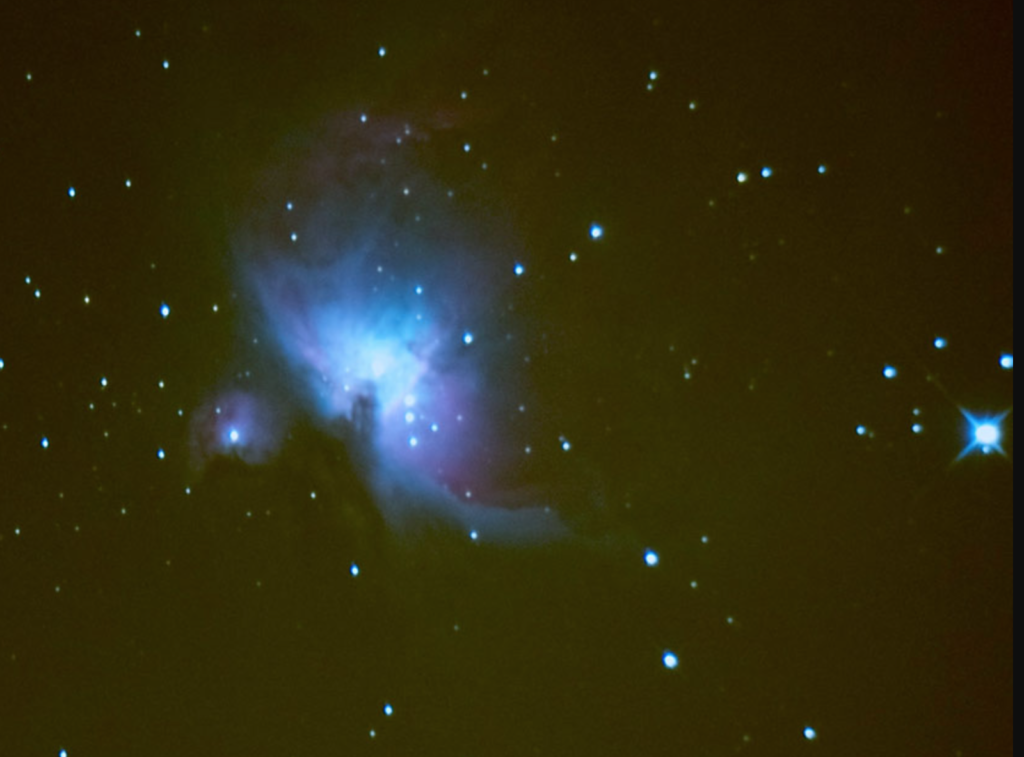
Fig 3: Astrophotography with the Orion StarBlast II 4.5 EQ telescope -(Ref: allthestuff.com)
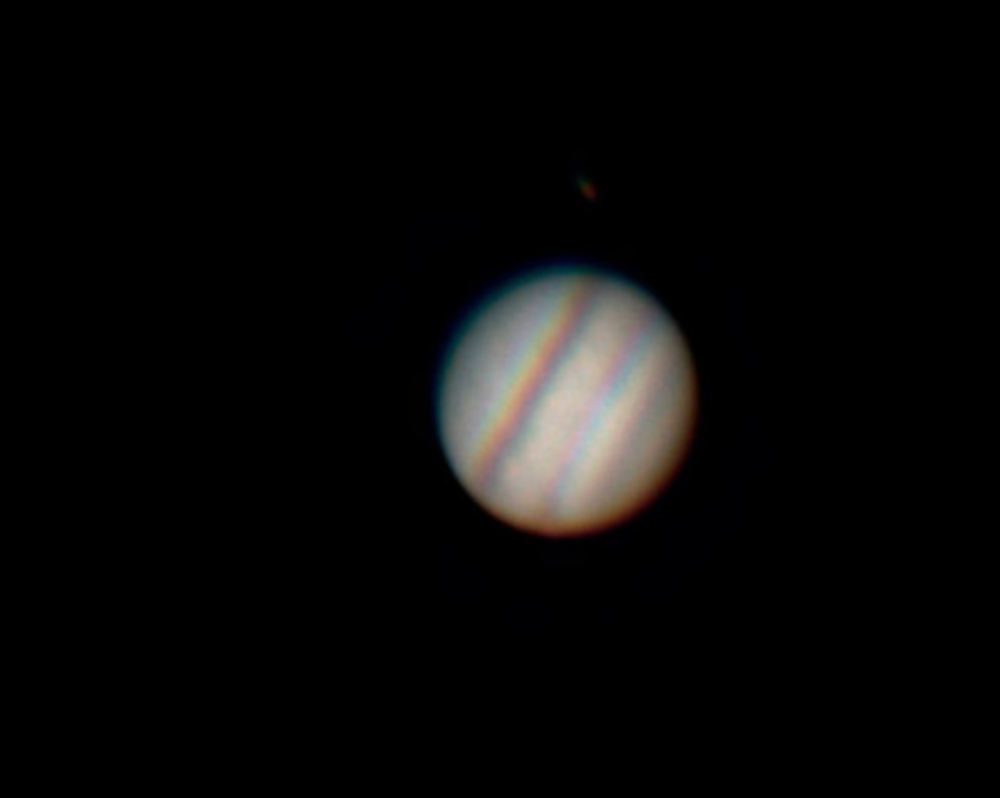
Fig 4: Astrophotography with the Orion StarBlast II 4.5 EQ telescope -Jupiter (Ref: allthestuff.com)
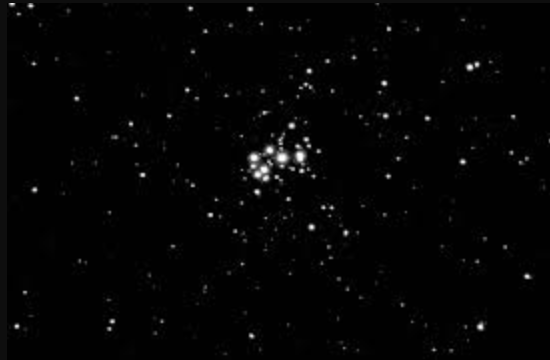
Fig 5: Astrophotography with the Orion StarBlast II 4.5 EQ telescope -(Ref: Facebook.com)
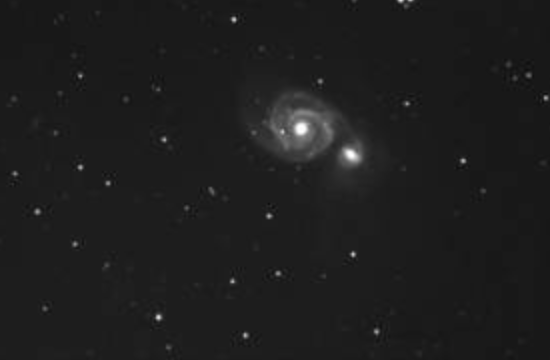
Fig 6: Astrophotography with the Orion StarBlast II 4.5 EQ telescope -(Ref: cloudynights.com)
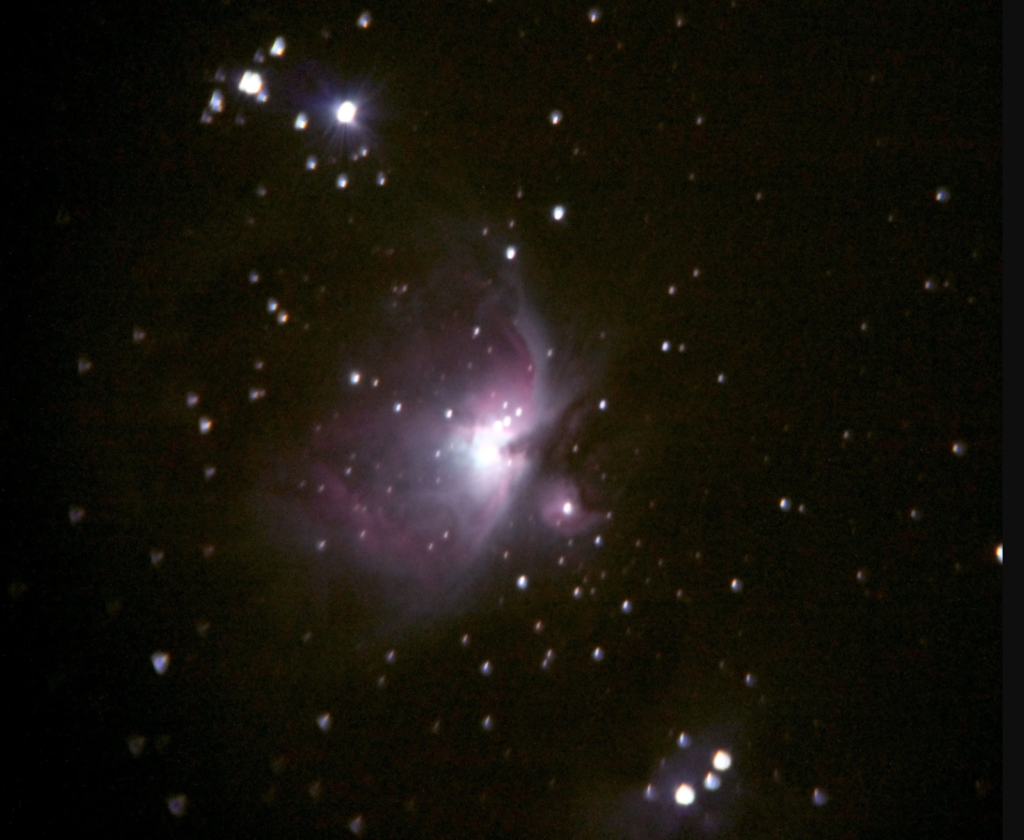
Fig 7: Astrophotography with the Orion StarBlast II 4.5 EQ telescope -(Ref: Facebook.com)
Review of Orion StarBlast II 4.5 EQ telescope from the customers
Most of the users are very happy on this little scope. Some find that this is cheap and far better than the other telescopes in this price range. Some say the tripod is useless. One of them suggested that if you add a better mount, and a camera you will be able to get feel of using high quality scopes while lunar and planetary photography. Smart also will be enough for astrophotography. If you want to take terrestrial pictures, you may have an erecting prism for better performance, otherwise the views of all the images will be upside down.
To some users, the tripod is not that much good for snapshots. They say the tripod is unstable and not precise. It shakes when you want to take photos. But if you hang any heavier object, like soap, it becomes more stable. You can have add on offer to have an electric motor with it, some suggested that it would be waste of money.
The two eyepieces are better than other cheaper scopes. Some thinks the lunar map is outdated and not usable. Some found it useful to track some lunar features.
Some say the mount does not have GOTO ability though it is good for the beginner astronomers. Because it indirectly encourages you to learn the position of different night sky objects. GOTO mounts are also hard to setup as they need precise alignments and expensive proper tracking equipment.
In summary, this scope has a very good review for the novice astronomer and as the first experience. You can buy it as a gift to encourage your dear one in astronomy.
Alternative Recommendation
If you invest the same price as the Orion StarBlast II 4.5 EQ telescope, you may get some other telescopes whom you can have a look before you fix one.
- Zhumell Z130: It will give you a little bit more aperture.
- Zhumell Z114: You get all the features similar to the Orion StarBlast II 4.5 EQ. Only difference between them is Zhumell Z114 is a table top telescope and cheaper than the Orion StarBlast II 4.5 EQ.
- Explore One Aurora 114: This scope also has similar features without the mount. It has alt-azimuth mount.
